This article is an excerpt from a recent speech “Designing Themes – Clients vs. Marketplaces” at the WordCamp Athens 2016 WordPress meet-up.
On our previous part of Designing Themes – Clients vs. Marketplaces, we talked about the first three stages of a theme’s creation. Research, Planning and Designing. In this third and last part we will discuss the last three stages of our process.
Click here to read the first part of this series.
Click here to read the second part of this series.
4. DEVELOPMENT PHASE
The developmental stage is the point where the web site itself is created.
At this time, the web designer will take all of the individual graphic elements from the prototype and use them to create the actual, functional site.
This is typically done by first developing the home page, followed by a “shell” for the interior pages. The shell serves as a template for the content pages of your site, as it contains the main navigational structure for the web site.
Once the shell has been created, the designer will take your content and distribute it throughout the site, in the appropriate areas.
Clients
- Development phase should stick on what’s already decided on the planning phase.
Marketplaces
- Development can be changed based on changes on the supported features (plugin updates etc).
At this point, we need to attend to the final details and test the web site.
Testing things such as the complete functionality of forms or other scripts, as well last testing for last minute compatibility issues (viewing differences between different web browsers), ensuring that the theme is optimised to be viewed properly in the most recent browser versions.
As part of testing, the designer should check to be sure that all of the code written for your web site validates. Valid code means that the theme the current web development standards – this is helpful when checking for issues such as cross-browser compatibility as mentioned above.
Clients
- Browser testing can be limited by client’s target group.
- Installation of the theme and plugins can be done by us.
- Basic documentation needed.
Marketplaces
- Browser testing can should cover a wide range of end users.
- Installation should be covered by mechanisms easy to use for the average end users.
- Extensive documentation needed.
6. MAINTENANCE & UPDATES
The development of your web site is not necessarily over, though.
One way to bring repeat visitors to your site is to offer new content or products on a
regular basis.
Most web designers will be more than happy to continue working together with you, to update the information on your web site. Many designers offer maintenance packages at reduced rates, based on how often you anticipate making changes or additions to your web site.
Clients
- Maintenance can be minimal and only restrict to users feedback.
- Updating can only be defined on a new deal with clients.
- Only one client to handle.
Marketplaces
- Maintenance can be extensive due to the number of end users.
- Updating can depend on the volume of sales and depending on the marketplace can be a source of income.
- Vast number of clients to deal with.
This was it, the ending part of Designing Themes – Clients vs. Marketplaces! All you need now is patience and a hard-working attitude in either case! Good luck in all your future developments! Stay tuned with us for more tips, freebies and updates!
 oxygenna
oxygenna



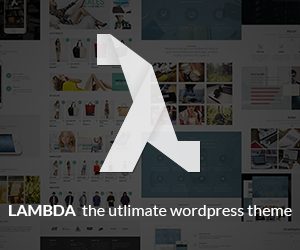
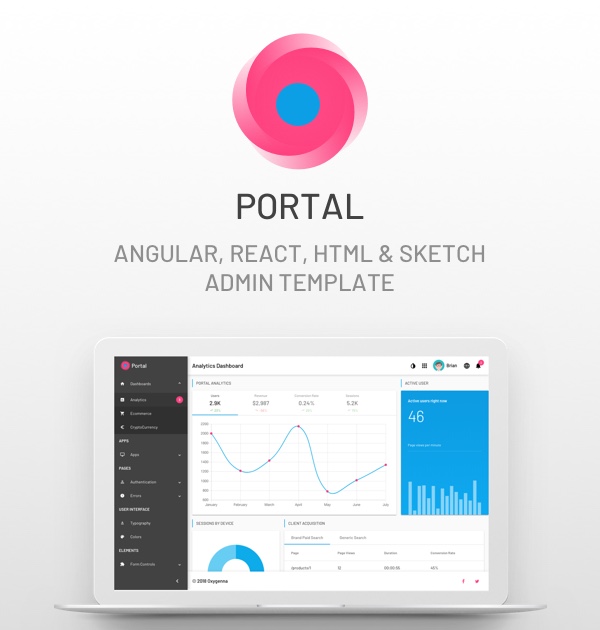
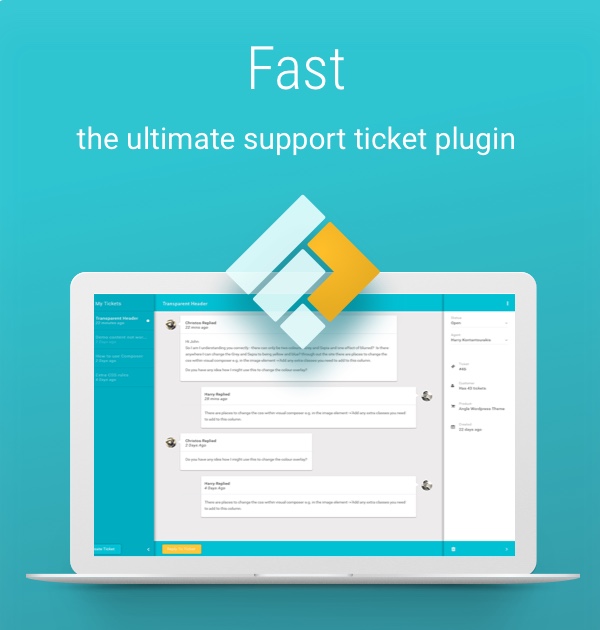
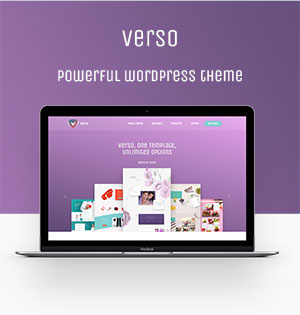
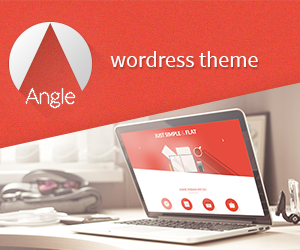
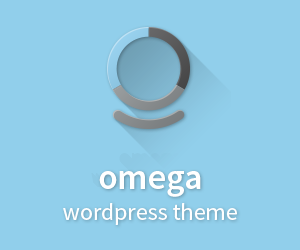

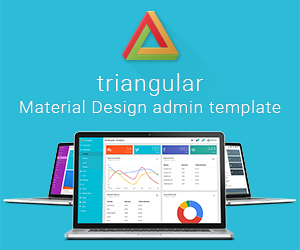











Join the conversation